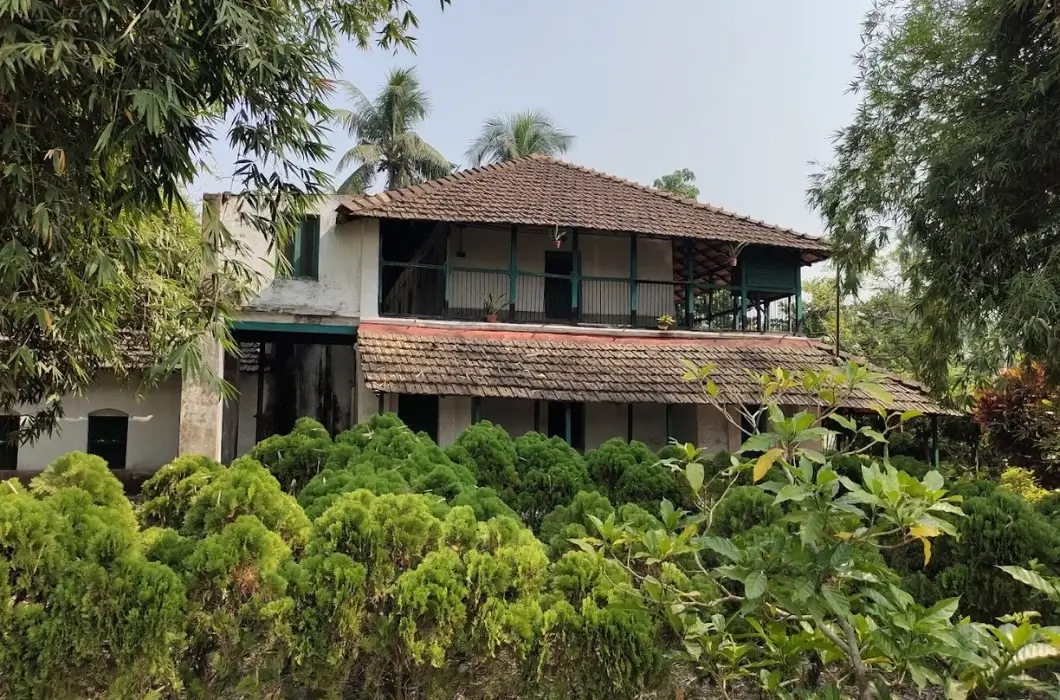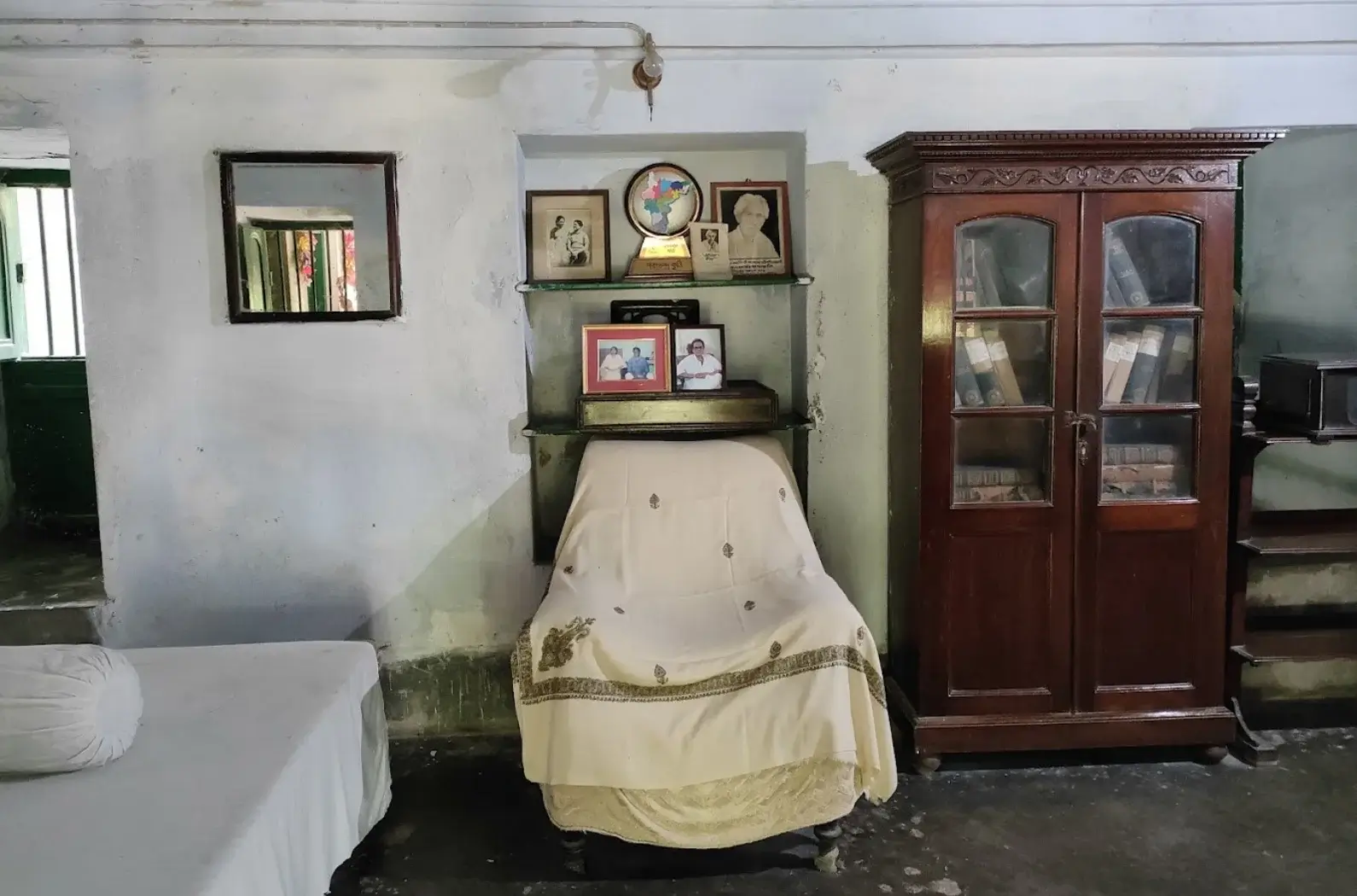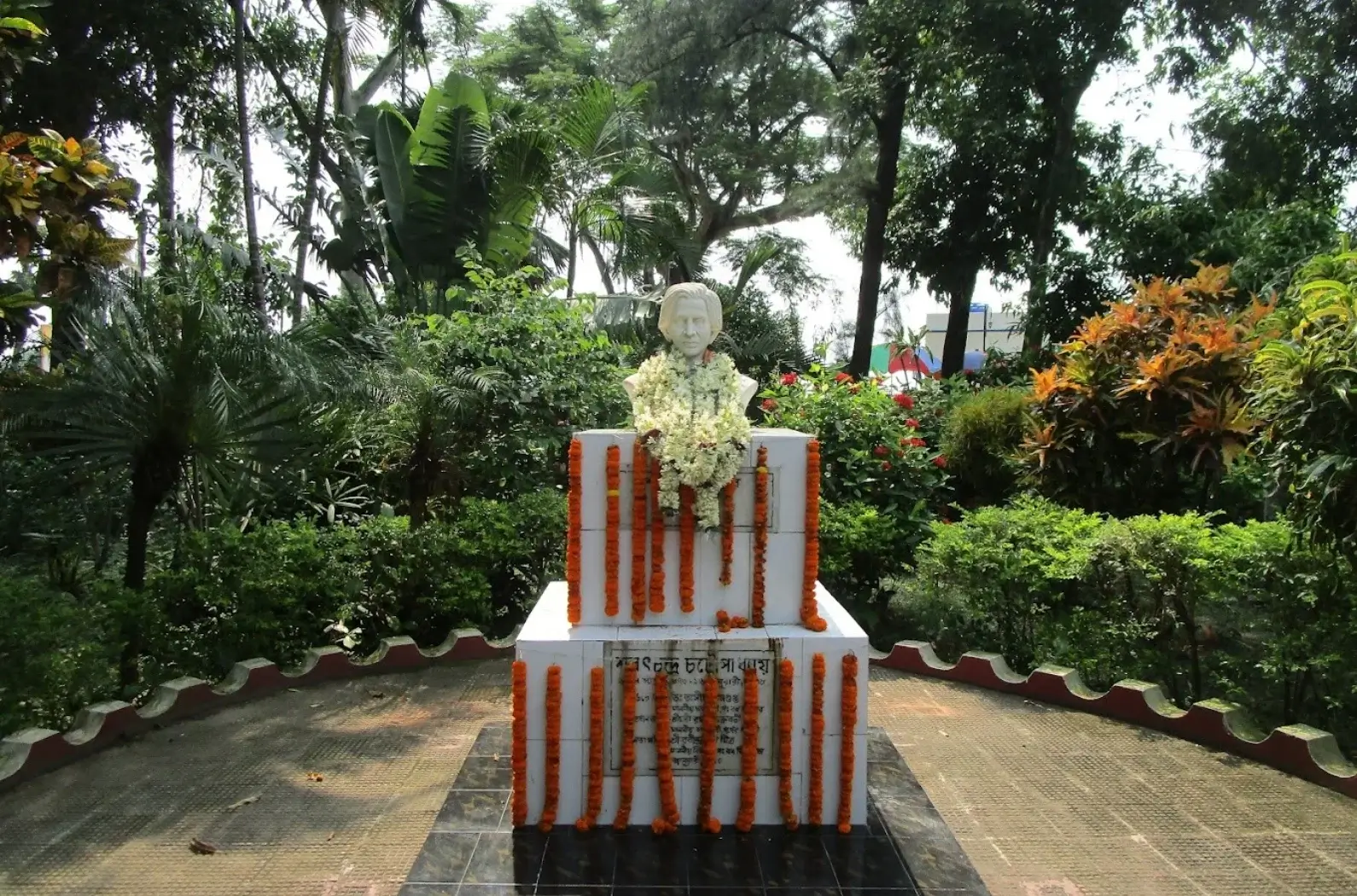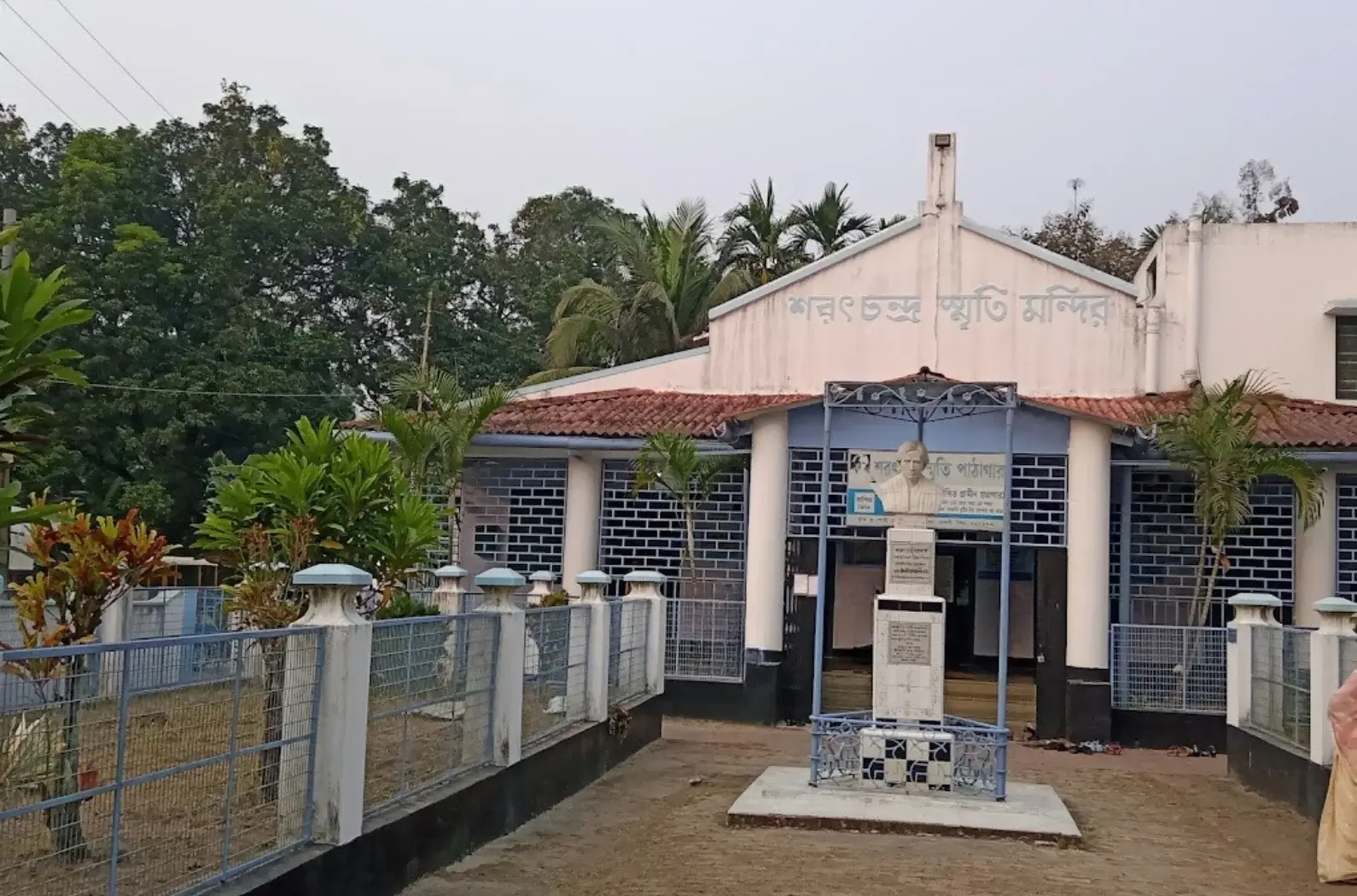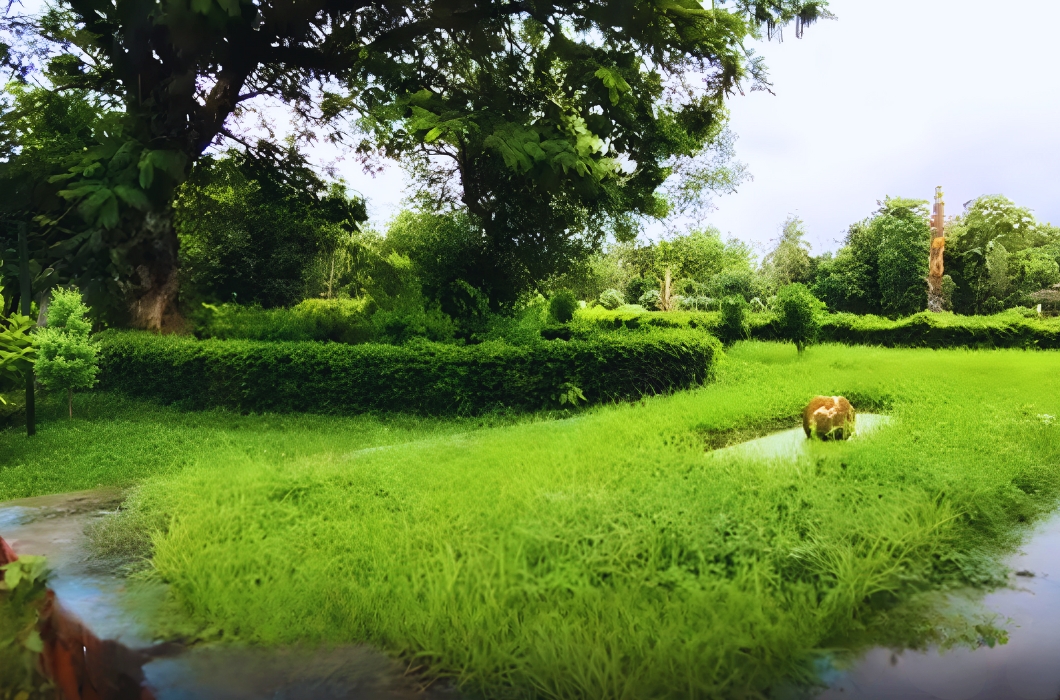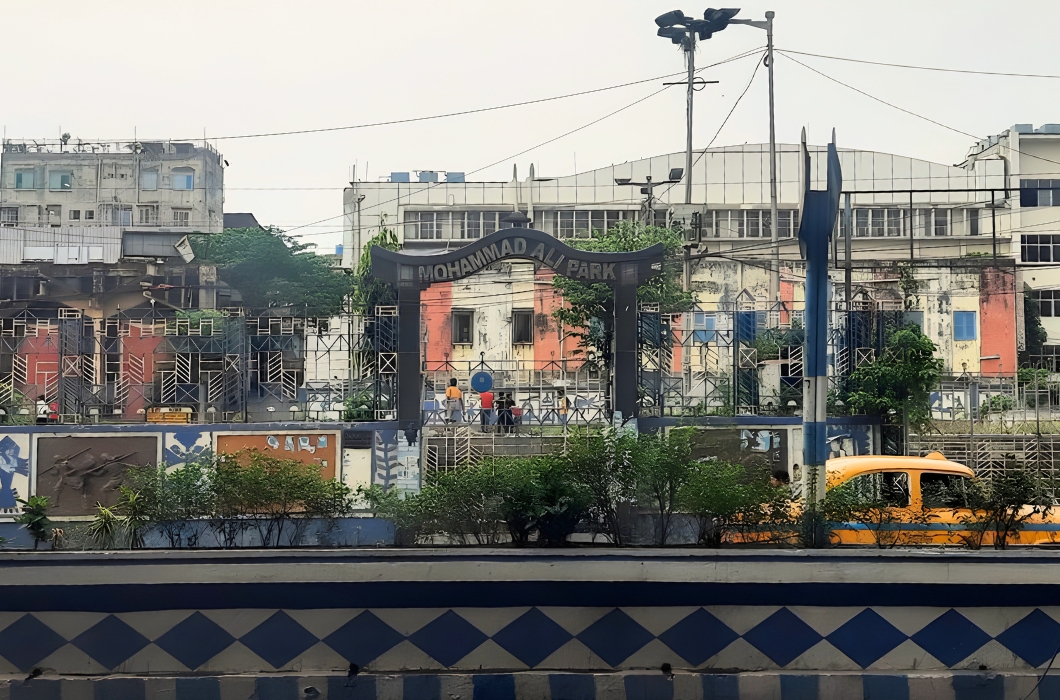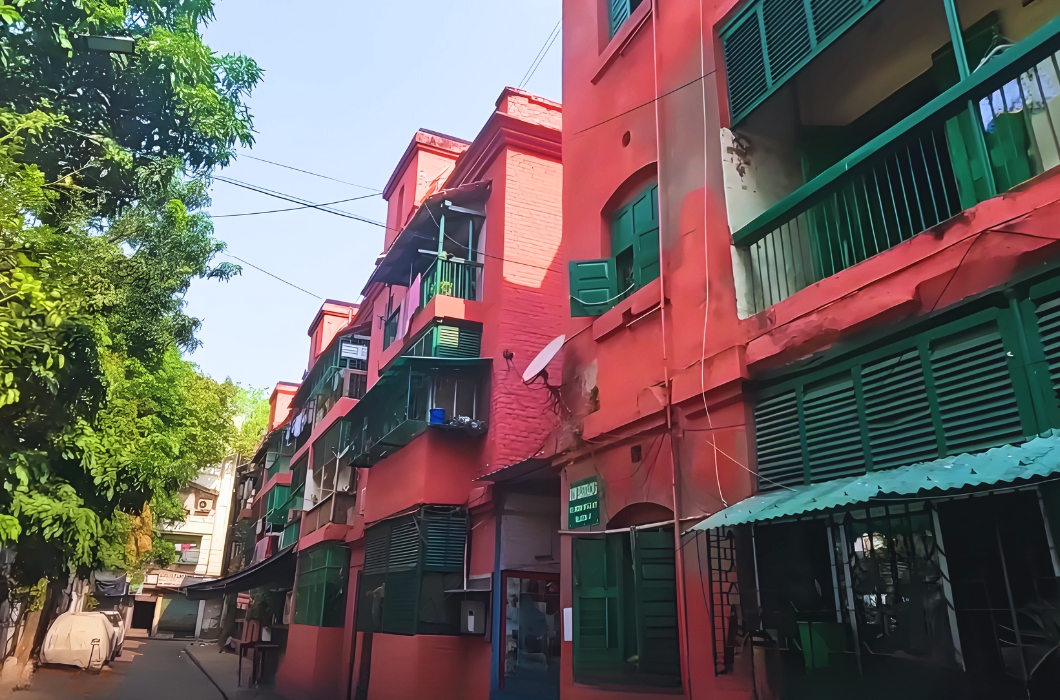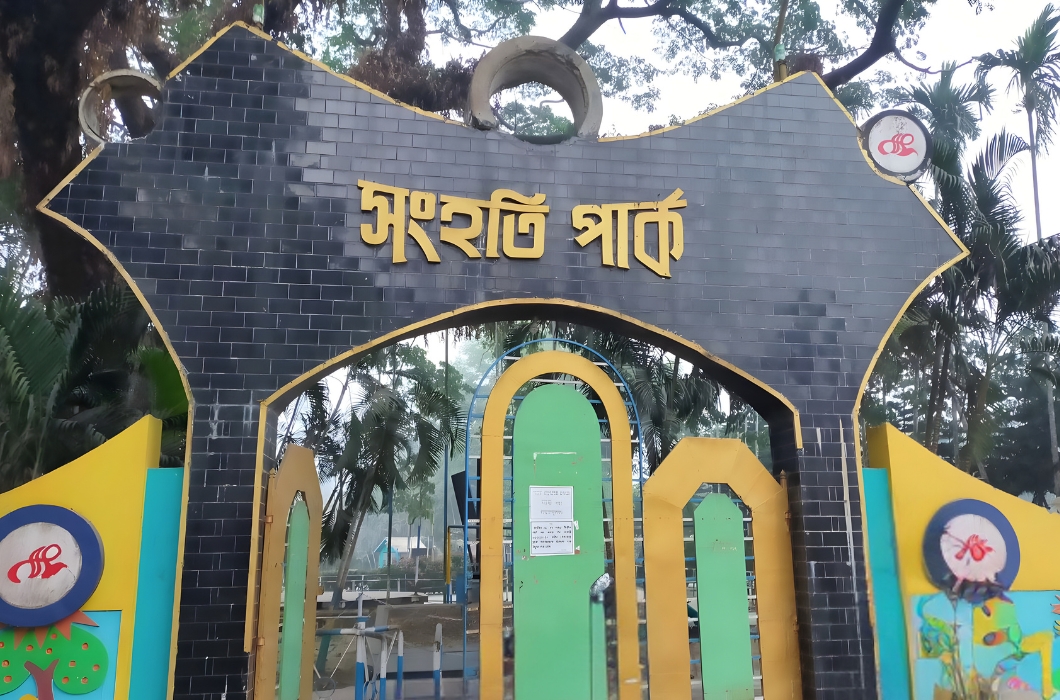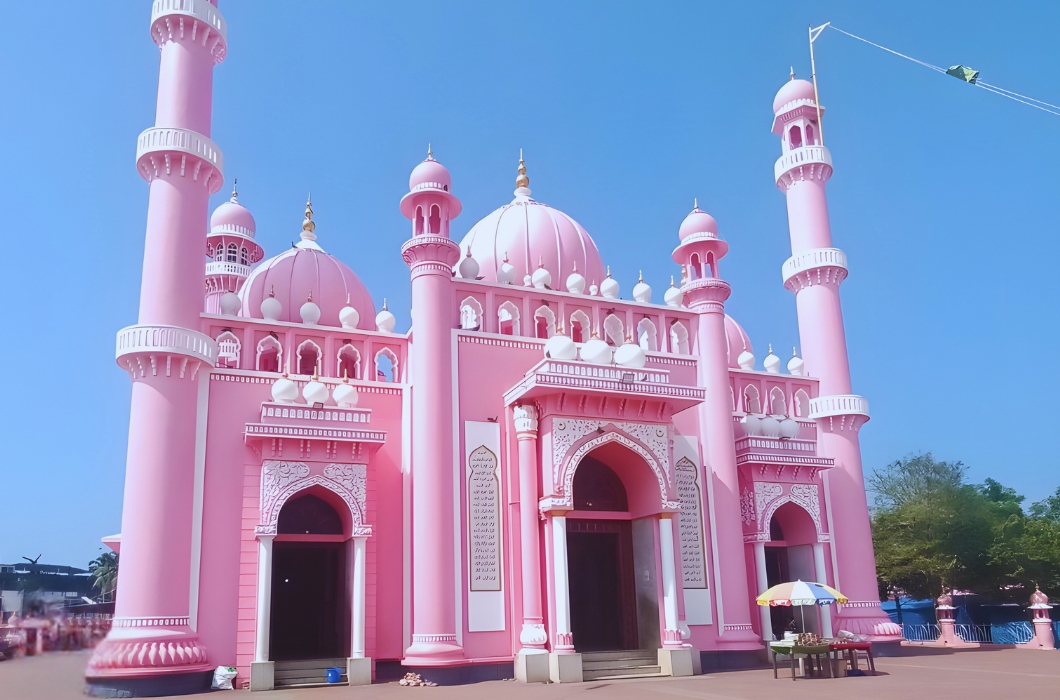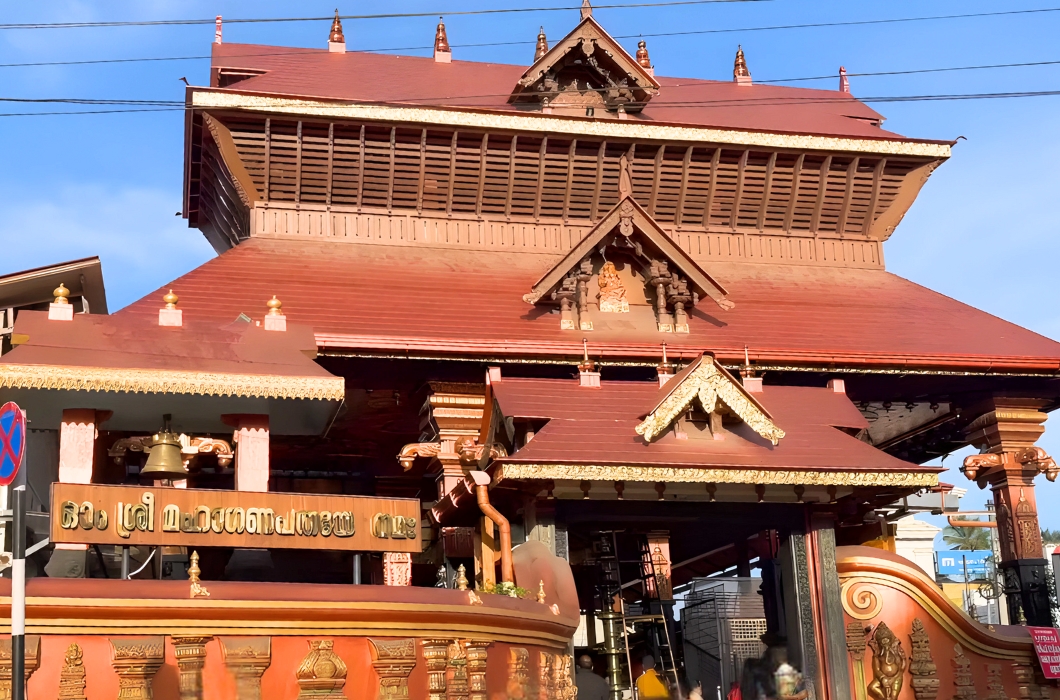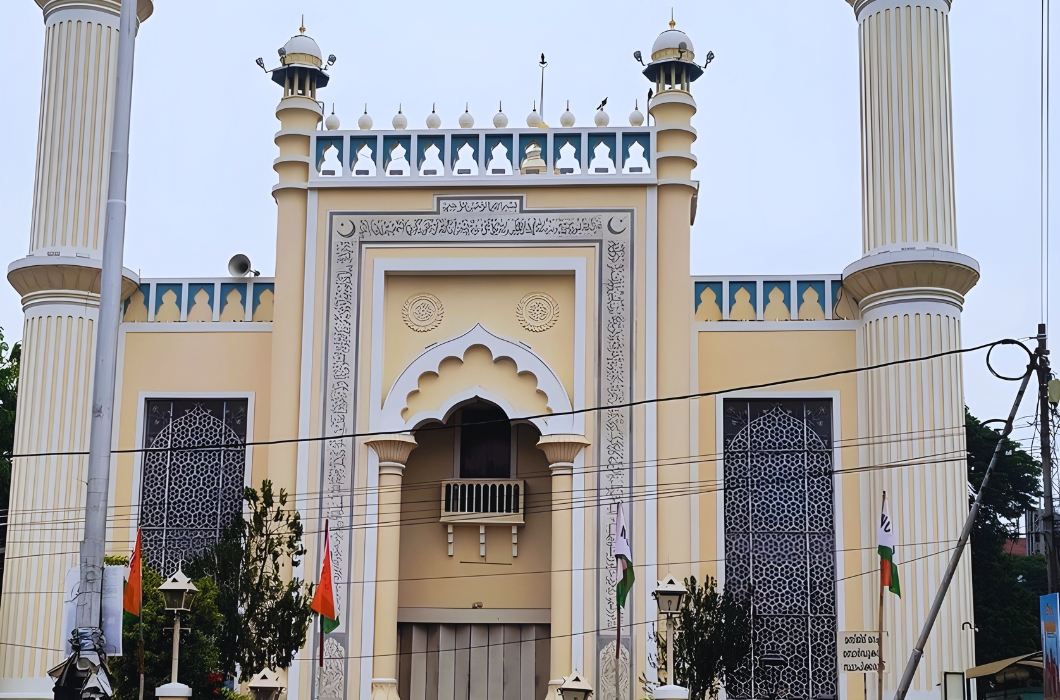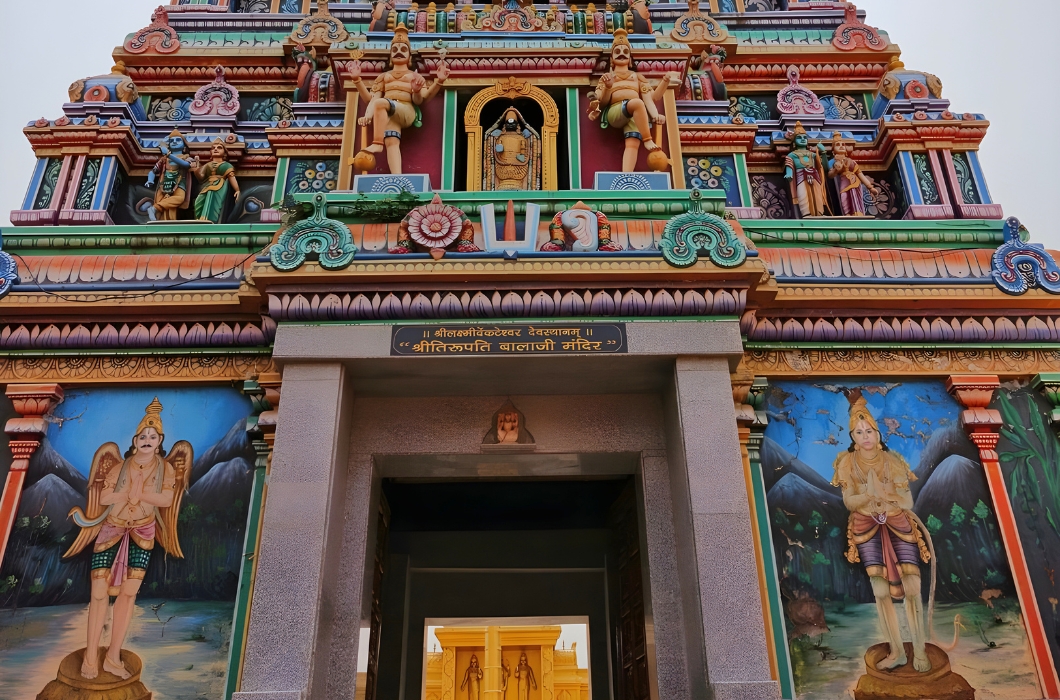One of Bengal’s most renowned writers, Sarat Chandra Chattopadhyay, left a lasting impression on Indian literature with his perceptive and moving tales. His home in Kolkata is a singular opportunity to enter the writer’s universe and get an understanding of his life and work. Explore Sarat Chandra Chattopadhyay’s Kuthi (home) and learn about the literary and historical significance it has. Discovering Sarat Chandra Chattopadhyay’s Kuthi is more than just visiting a historical location; it’s a chance to enter the world of a brilliant writer. The house captures the spirit of his writings, the socio-cultural setting of the time, and his lasting influence on literature. It’s a voyage that enables you to personally encounter the bond that exists between a writer and his work.
Share On Social:
Facebook
Twitter
Pinterest
WhatsApp

